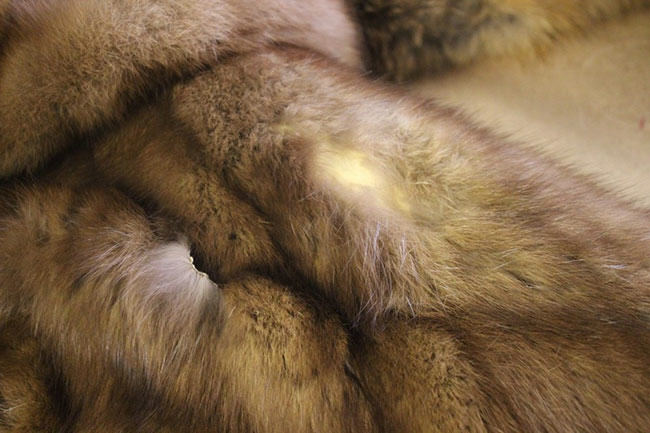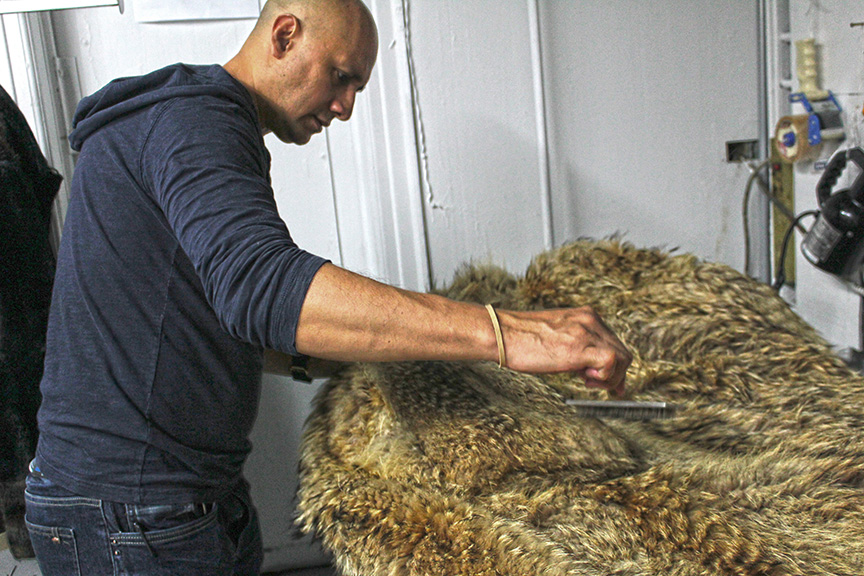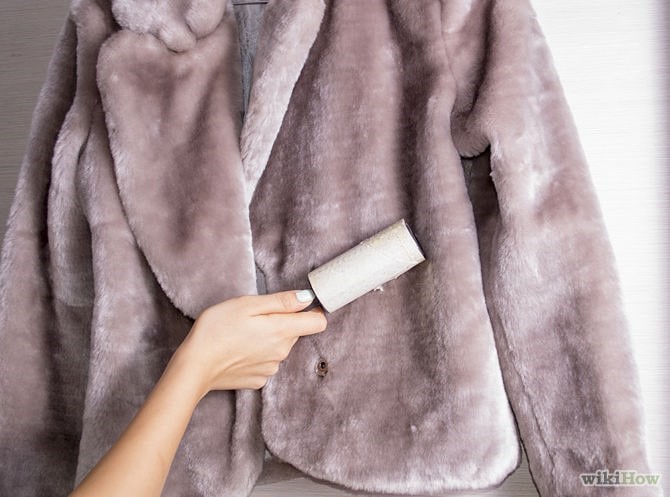Moths in Fur Coat What To Do!
Dealing with a moth infestation in your fur coats can be a frustrating and overwhelming experience, but there are steps you can take to address the issue and prevent future infestations. First, it’s essential to understand that moths are attracted to keratin, a protein found in animal fibers like fur, wool, and silk. To get rid of the moths, you’ll need to clean and store your fur coats properly.

Moth Removal Fur Coats Marc Kaufman Furs
Start by inspecting your fur coats carefully, looking for signs of moth damage, such as small holes, fraying, or discoloration. Check the coats’ linings, seams, and folds, as these areas are particularly susceptible to moth infestations. Once you’ve identified the extent of the damage, remove any loose debris or dirt from the coats using a soft-bristled brush or a lint roller.
Professional Fur Cleaning
Next, take the fur coats to a professional fur cleaner or a reputable dry cleaner that specializes in cleaning and preserving fur garments. Avoid using home cleaning products or methods, as these can damage the fur or push the moths deeper into the fabric.
A professional cleaner will use specialized equipment and techniques to remove dirt, oil, and other substances that may be attracting the moths.

Moth Removal Fur Coats Marc Kaufman Furs
After cleaning, it’s crucial to store your fur coats properly to prevent future infestations. Moths thrive in warm, humid environments, so store your coats in a cool, dry place, such as a climate-controlled storage unit or a cedar-lined closet. Avoid storing fur coats in attics, basements, or garages, as these areas tend to be prone to moisture and temperature fluctuations.
Fur Cleaning
When storing your fur coats, make sure they are not crowded or folded, as this can create an environment conducive to moth infestations. Instead, hang the coats on padded hangers or store them in breathable garment bags. You can also use natural moth repellents, such as cedar chips, lavender sachets, or moth-repellent sprays, to help deter moths.

Fur Cleaning Experts
In addition to proper storage, consider taking steps to prevent moth infestations in the future. Regularly inspect your fur coats for signs of moth damage, and consider having them professionally cleaned and conditioned every year or two. You can also use moth-repellent products, such as moth balls or natural moth-repellent sprays, to help deter moths.
Finally, if you’re dealing with a severe moth infestation, you may need to consider taking more drastic measures, such as having your fur coats treated with a moth-killing solution or replacing them altogether. However, with proper care and storage, you can help prevent moth infestations and keep your fur coats looking their best for years to come.

Modelling fur cleaning at a furrier’s shop
It’s also worth noting that some moth species can be more damaging than others. The common clothing moth (Tineola bisselliella) and the case-bearing clothes moth (Tinea pellionella) are two of the most common moth species that infest fur garments.
These moths can cause significant damage to fur coats, especially if left unchecked.
In conclusion, dealing with a moth infestation in your fur coats requires a multi-step approach that involves cleaning, storing, and preventing future infestations.
By taking the right steps, you can help protect your valuable fur coats from moth damage and keep them looking their best for years to come. Regular inspections, professional cleaning, and proper storage can go a long way in preventing moth infestations and preserving the quality and value of your fur coats.
Marc Kaufman Furs
212 West 30th St
NYC NY 10001
212-563-3877